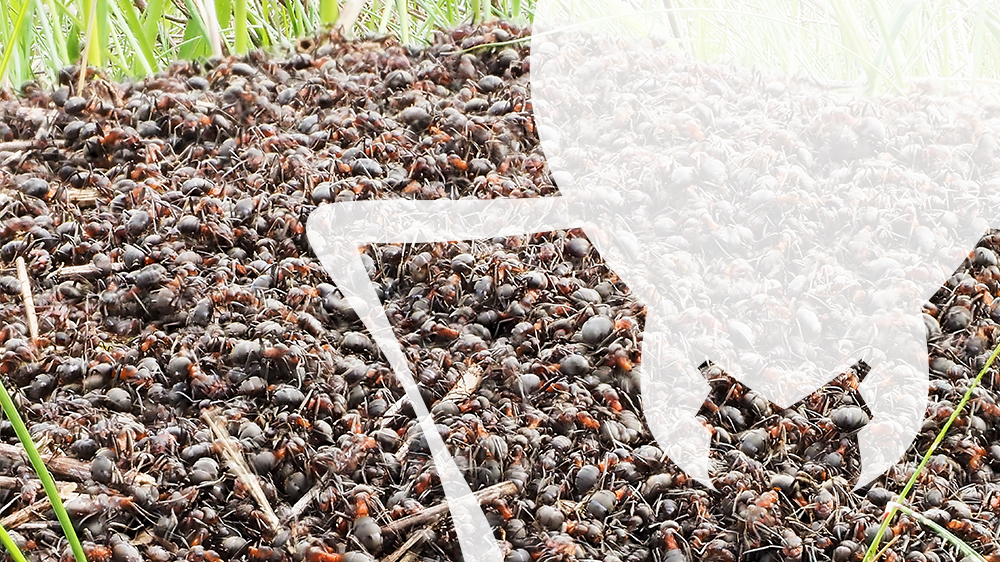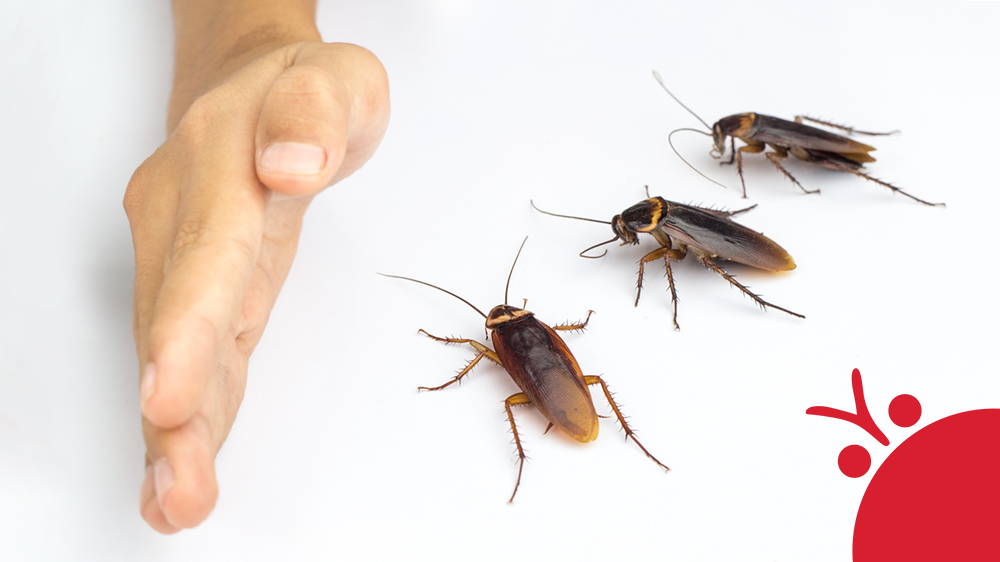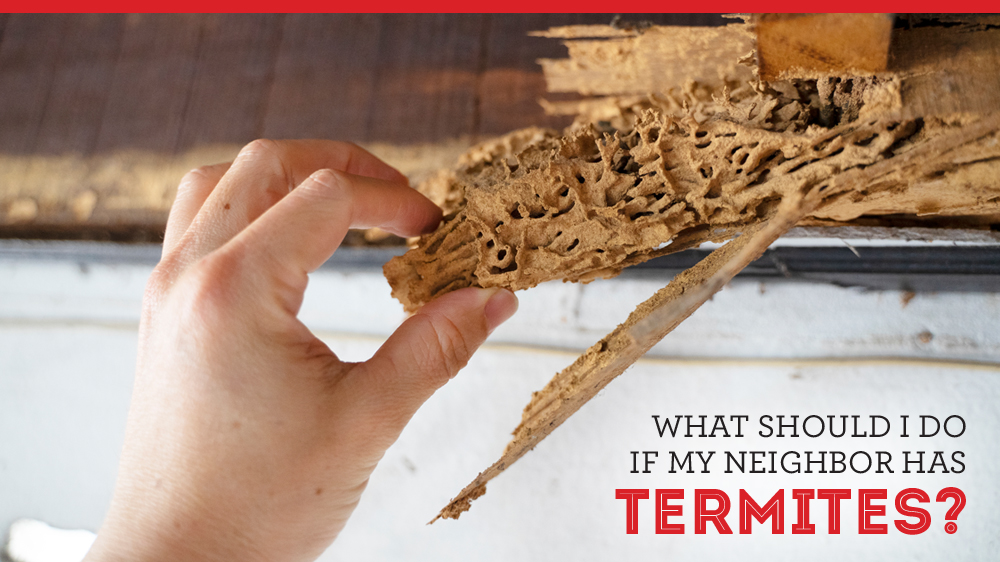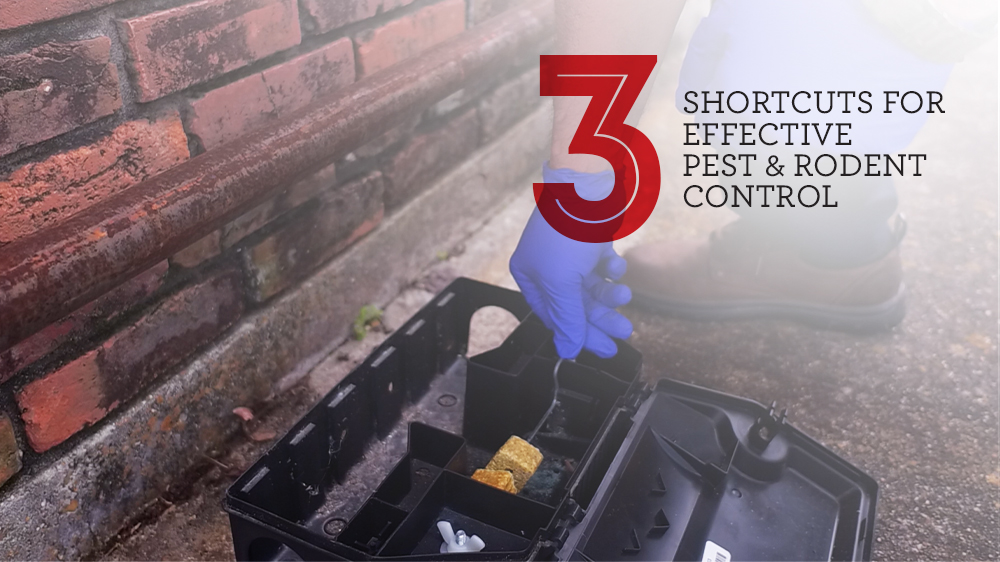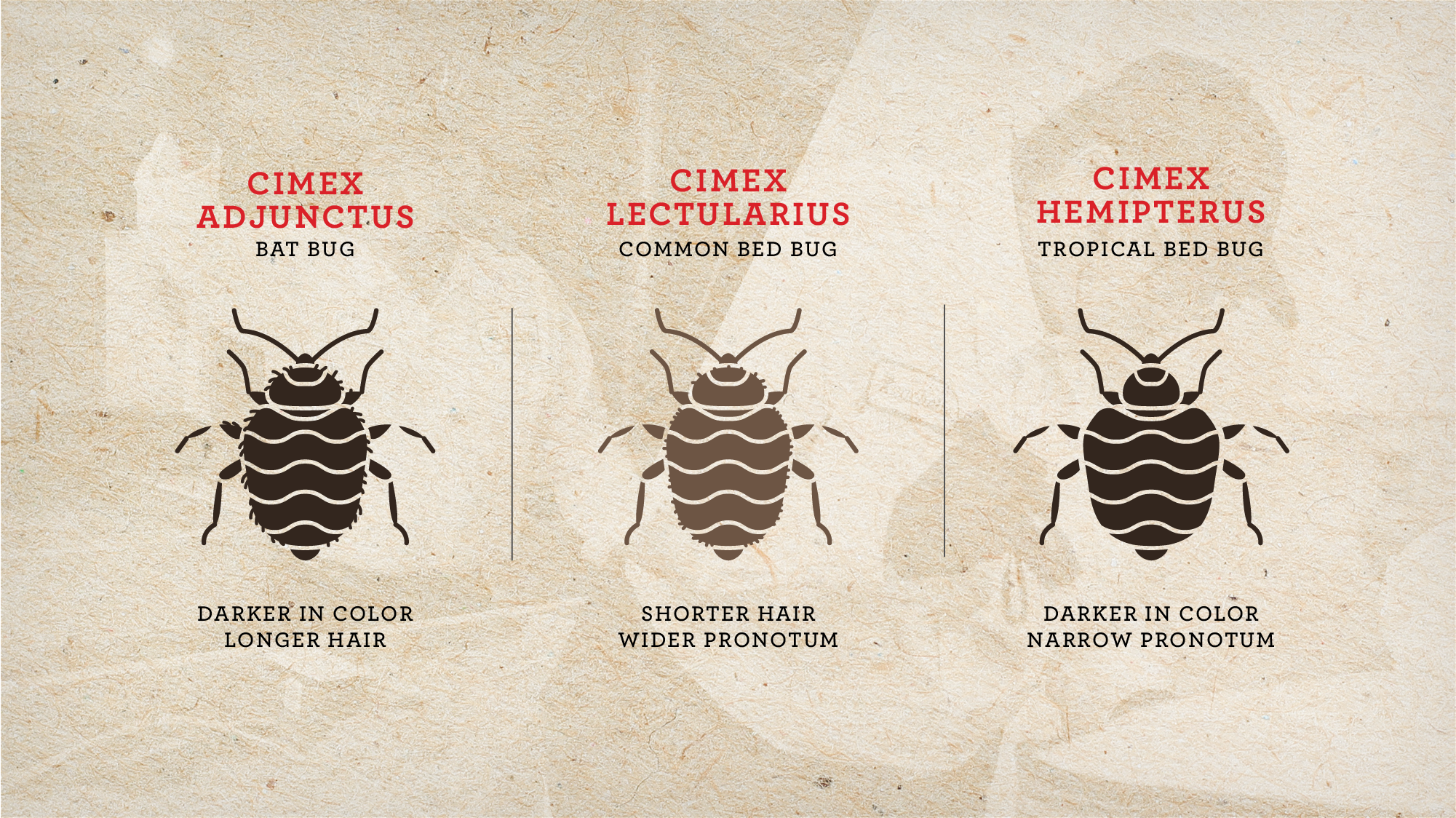
Sleep Tight!
The last souvenir you want to bring home from your summer travels are bed bugs. These blood-sucking pests are commonly spread by us humans when we’re on-the-move. The two primary bed bugs that affect humans are Cimex lectularius and Cimex hemipterus, also known as the common bed bug and the tropical bed bug, respectively.
If you’re seeing bed bugs in your home or business, it’s time to take action. Learn more about our Residential Pest Control and Commercial Pest Control services to keep your property pest-free.
Did You Know?
The Bug Man offers bed bug training classes to housing facilities! This hour-long class will teach staff how to identify the insect and strategies for preventing the spread of bed bugs, including proper transport of bedding material throughout the facility. We also develop bed bug protocols for staff to follow in the event of an active issue. The course culminates in a short test showing completion of the training, which is a great tool for management to keep on file for any health inspections. Contact us to learn more.
Bed Bugs
Where Are They Found and What Are They Looking For?
The bed bug is found all over the world, primarily in hotels, hospitals, public transportation, and even planes. The only difference between the common and tropical bed bugs is that tropical bed bugs prefer more tropical climates. However, tropical bed bugs can still be found in temperate areas where the common bed bug is found.
Bed bugs usually hide within 1 to 2 meters of their hosts during the day and come out to feed at night. They prefer hiding in seams of mattresses, crevices in box springs, behind headboards, under loose wallpaper or baseboards, and even behind pictures.
Identifying Features
Bed bugs are oval-shaped, flat, and approximately 5 mm long. They resemble unfed ticks or small roaches and are easily visible to the naked eye. Adults have a chestnut, reddish-brown color, while juvenile bed bugs are more of a light yellow color. The bugs possess a pyramid-shaped head and slender antennae. After feeding, they may increase in length by 30 to 50%. Adult bed bugs can live for 6 to 12 months and can survive without feeding for up to a year.
Bat Bugs
Did you know that bats also have a blood-sucking pest? It’s called a bat bug. While usually unknown to humans, if there is a bat infestation in your home, it’s worth the time to see if these pests are there too!
Identifying Features
Bat bugs are typically lighter and tend to be more of a light brown-beige color than their common bed bug cousins. When put under a microscope, they display hairs longer than the width of their eyes, and they have shallower curve in the pronotum, giving them the appearance of a rounder head.
Where Are They Found and What Are They Looking For?
Attics, crawlspace under your house, or other places you might find bats. They feed on bats, mice, birds, and rodents. When bats leave their space, the bat bugs go for their next target: you! They will migrate from their previous bat-infested homes into your living space–occupying the same spaces as common bed bug or tropical bed bug.
Let us do the dirty work!
If you suspect any of the above bed bugs to be present in your home, the easiest, most effective way to get rid of them is with the help of a professional pest control company. Bed bugs cause painful bites, severe itching, significant sleep disruption, and reduced quality of life, so they should not be taken lightly. Contact us—we’ll do the dirty work so you don’t have to.
Don’t let bed bugs take over your home. Our expert Residential Pest Control and Commercial Pest Control services are designed to eliminate infestations and keep them from coming back. Schedule your appointment today!



